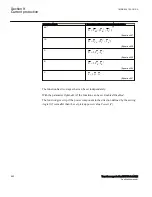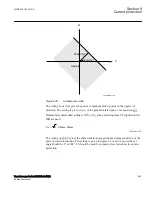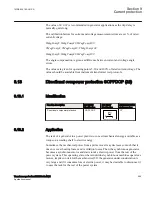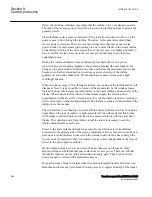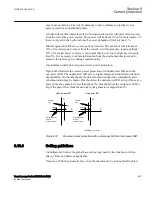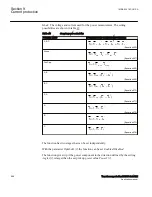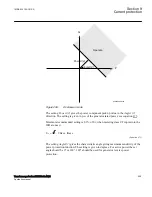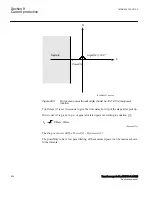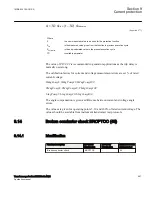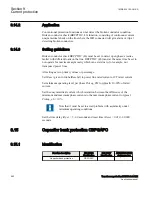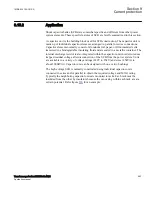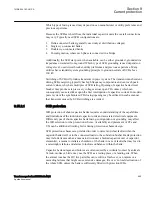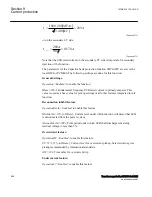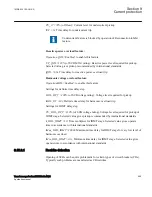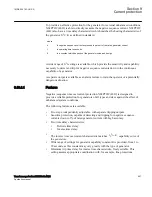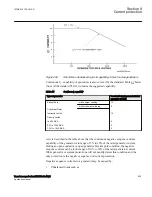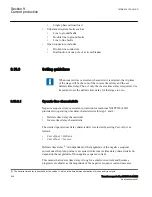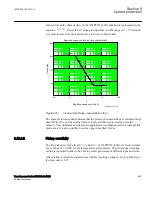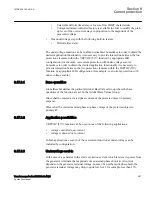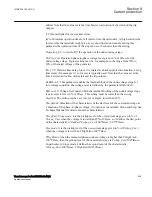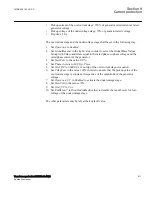
In addition, to fault conditions SCB can be exposed to different types of abnormal
operating conditions. In accordance with IEC and ANSI standards capacitors shall be
capable of continuous operation under contingency system and bank conditions,
provided the following limitations are not exceeded:
1. Capacitor units should be capable of continuous operation including harmonics,
but excluding transients, to 110% of rated IED root-mean-square (RMS) voltage
and a crest voltage not exceeding of rated RMS voltage. The capacitor should also
be able to carry 135% of nominal current. The voltage capability of any series
element of a capacitor unit shall be considered to be its share of the total capacitor
unit voltage capability.
2. Capacitor units should not give less than 100% nor more than 110% of rated
reactive power at rated sinusoidal voltage and frequency, measured at a uniform
case and internal temperature of 25°C.
3. Capacitor units mounted in multiple rows and tiers should be designed for
continuous operation for a 24h average temperature of 40 °C during the hottest
day, or −40 °C during the coldest day expected at the location.
4. Capacitor units should be suitable for continuous operation at up to 135% of rated
reactive power caused by the combined effects of:
•
Voltage in excess of the nameplate rating at fundamental frequency, but not
over 110% of rated RMS voltage
•
Harmonic voltages superimposed on the fundamental frequency
•
Reactive power manufacturing tolerance of up to 115% of rated reactive
power
5. Capacitor units rated above 600 V shall have an internal discharge device to
reduce the residual voltage to 50 V or less in 5 or 10 minutes (depending on
national standard).
Note that capacitor units designed for special applications can exceed these ratings.
Thus, as a general rule, the minimum number of capacitor units connected in parallel
within a SCB is such that isolation of one capacitor unit in a group should not cause a
voltage unbalance sufficient to place more than 110% of rated voltage on the remaining
capacitors of that parallel group. Equally, the minimum number of series connected
groups within a SCB is such that complete bypass of one group should not pause
voltage higher than 110% of the rated voltage on the remaining capacitors of that serial
group. The value of 110% is the maximum continuous overvoltage capability of
capacitor units as per IEEE Std 18-1992.
The SCB typically requires the following types of IED protection:
Section 9
1MRK 504 163-UUS A
Current protection
596
Transformer protection RET670 2.2 ANSI
Application manual
Summary of Contents for RELION RET670
Page 1: ...RELION 670 SERIES Transformer protection RET670 Version 2 2 ANSI Application manual ...
Page 2: ......
Page 48: ...42 ...
Page 64: ...58 ...
Page 74: ...68 ...
Page 104: ...98 ...
Page 194: ...188 ...
Page 518: ...512 ...
Page 618: ...612 ...
Page 648: ...642 ...
Page 666: ...660 ...
Page 672: ...666 ...
Page 682: ...676 ...
Page 844: ...838 ...
Page 868: ...862 ...
Page 956: ...950 ...
Page 964: ...958 ...
Page 1004: ...998 ...
Page 1014: ...1008 ...
Page 1015: ...1009 ...

